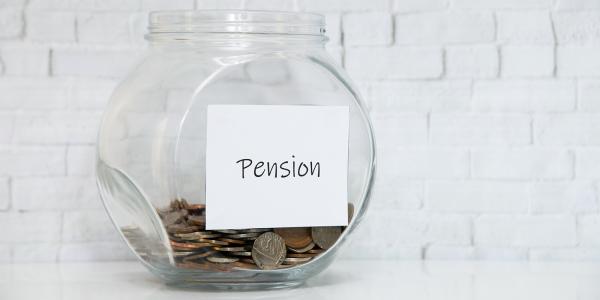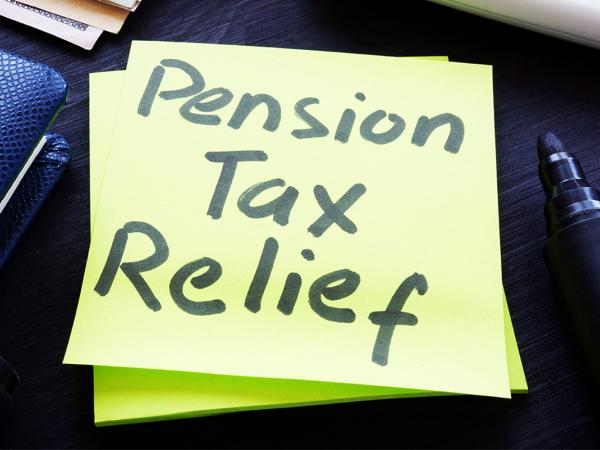Personal pensions
Here we look at the different kinds of personal pension schemes. It is for general guidance only and does not constitute pensions advice, such as which type of scheme might be best for you, or whether you should pay into a particular pension.

Content on this page:
Stakeholder and personal pensions
A personal pension plan is a way of saving for your retirement. They are a form of ‘defined contribution’ or ‘money purchase’ pension. This means that you pay money in, usually with tax relief, to build your pension pot.
You can set one up yourself, through a pension provider, and invest in it personally, as opposed to an occupational pension which is generally set up through your workplace.
Personal pensions may be set up by self-employed people. However if you are employed, your employer may offer you access to a group personal pension scheme through your job and may also pay into it. Employers are required by law to offer a workplace pension scheme and to automatically enrol eligible employees into it. See our page Pensions: auto-enrolment into workplace pensions for more information.
Usually pension contributions should be made from UK relevant earnings. However, even if you do not have any earned income, for example, income from employment or self-employment, you can invest up to £3,600 gross each tax year in a personal pension and get tax relief on it. You can read more about this on our page Tax relief on pension contributions.
You can get a personal pension or stakeholder pension from financial services companies such as insurance companies, bank and building societies. These are known as pension 'providers'.
The pension provider invests the funds in the scheme, to pay your pension when you retire or decide to take money out (though there are restrictions on when you can do so).
Some more information can be found on the government’s MoneyHelper website about personal pensions and group personal pensions.
Rebate only and appropriate personal pensions
You used to be able to 'contract out' (that is, opt out) of the state second pension and state earnings-related pension scheme.
If you contracted out using a personal pension scheme, HMRC paid some of your NIC to a personal pension of your choice. This type of personal pension was called an appropriate personal pension.
The amount of the rebate from HMRC to your appropriate personal pension scheme depended on your age and your earnings.
The HMRC payment was called the minimum contribution and was paid once your earnings were known at the end of the tax year.
If you contracted out of the state second pension and you earned less than a set limit, you also got a top-up to the minimum contribution paid into your appropriate personal pension. You could also make additional payments of your own to an appropriate personal pension.
Some personal pensions were 'rebate only' which meant that the only money paid into the scheme was the NIC rebate. This type of personal pension was just intended to replace the additional state pension.
Retirement annuity schemes
If you took out a personal pension before 1 July 1988, it would have been called a retirement annuity policy. Quite often, these were linked to life insurance policies and any payments to the insurance policies were also treated as being pension payments.
Retirement annuity policies are able to pay out larger tax-free lump sums than personal pensions.
Payments to retirement annuity policies are usually made gross (whereas personal pension contributions are usually made under the relief at source method). You may still be entitled to tax relief, but you need to get the tax relief through your PAYE coding notice or your self assessment tax return.
If you are getting tax relief through your coding notice, the full amount of the payments you are making will be shown as an allowance on your coding. This means you are setting that amount against your income and only paying tax on the balance.
If you pay your tax through self assessment – for example, because you are self-employed – you must claim the full amount of the payment on your tax return. You will then get tax relief via your tax calculation for the year in question.
You can read more about retirement annuity contracts on the government’s Moneyhelper website.



